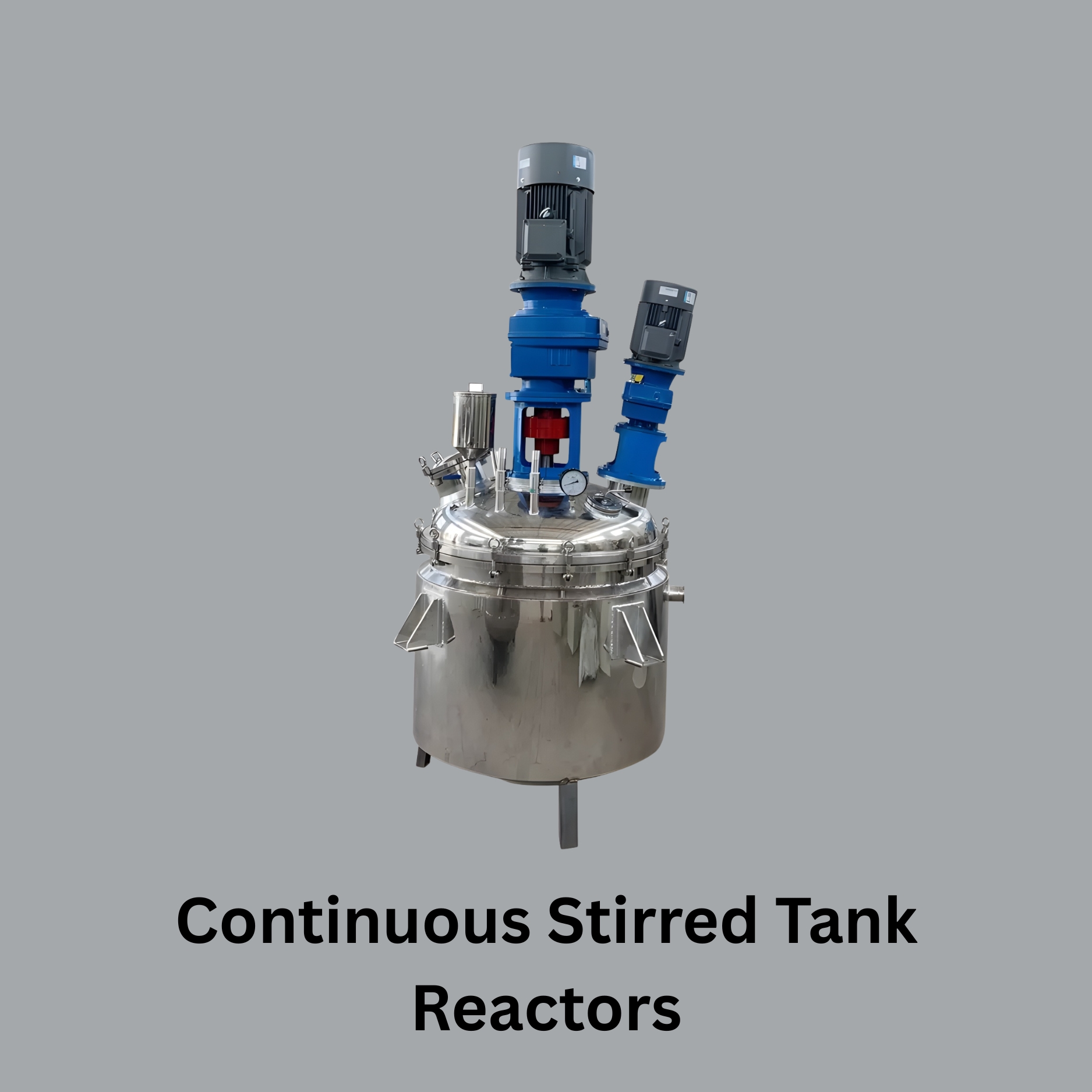Continuous Stirred Tank Reactors

Continuous Stirred Tank Reactors
A Gravity Displacement Autoclave is a reliable sterilization system that uses steam to displace the air inside the chamber through gravity. It is simple to operate and highly effective for sterilizing laboratory instruments, glassware, medical tools, and culture media.
In this method, steam enters the chamber and pushes the air out through a vent, allowing saturated steam to contact every surface for complete sterilization. Gravity autoclaves are widely used in hospitals, research laboratories, and small-scale industrial applications due to their ease of use, cost-effectiveness, and consistent performance.
Built with durable stainless steel and equipped with safety features like pressure controls and locking mechanisms, our gravity displacement autoclaves ensure safe, efficient, and contamination-free sterilization.
Material of Construction (MOC): MS, SS 304, SS 316, SS 316L, Hastelloy, or other alloys (as per process).
Capacity Range: 100 Liters to 50,000 Liters (customizable).
Design Pressure: Full vacuum to 10 bar (higher available on request).
Design Temperature: -20°C to +250°C.
Reactor Type: Jacketed / Limpet Coil / Internal Coil for heating & cooling.
Agitator Types: Anchor, Turbine, Propeller, Helical Ribbon, or Pitched Blade (depending on mixing requirements).
Drive System: Motor with gearbox, optional VFD (variable frequency drive).
Seal Type: Mechanical seal / double mechanical seal / stuffing box.
Heating/Cooling Medium: Steam, hot water, hot oil, or chilled water.
Residence Time: Designed as per process kinetics for continuous operation.
Surface Finish:
Internal: Mirror / matt polish (Ra 0.28–0.4 µm for GMP applications).
External: SS cladding / matt finish / painted.
Mounting: Skirt-supported or leg-mounted.
Insulation: Mineral wool or ceramic fiber with SS or aluminum cladding.
Nozzles & Ports: Feed inlet, product outlet, vent, manhole, sampling, instrumentation ports.
Safety Features: Pressure relief valve, rupture disc, vent, and emergency shutdown provisions.
Compliance: ASME, GMP, DIN, and other international standards.
A CSTR operates with reactants continuously fed into the reactor while the products are simultaneously removed. The contents are thoroughly mixed by an agitator, ensuring uniform concentration and temperature throughout the vessel. This continuous operation allows industries to maintain a steady state of production, making it highly suitable for large-scale chemical processes.
- Pharmaceuticals: the production of active ingredients on a large scale.
- Chemicals: the processes of polymerization, neutralization, and oxidation.
- Food and beverage processing, including fermentation, blending, and flavoring.
- Petrochemicals include fuel processing, catalytic reactions, and refinement.
- Produces products steadily and consistently.
- Ideal for processes of continuous production on a large scale.
- Ensures precise temperature control and uniform mixing.
- Reduces operational interruptions and downtime.
- Adaptable design that works for a variety of industrial applications.
Conclusion
Harsha Engineers’ Continuous Stirred Tank Reactors (CSTRs) are designed to increase productivity, dependability, and efficiency in continuous chemical processes. Our reactors help businesses achieve optimal process performance and long-term operational success thanks to their durable construction, advanced mixing technology, and customizable designs.
